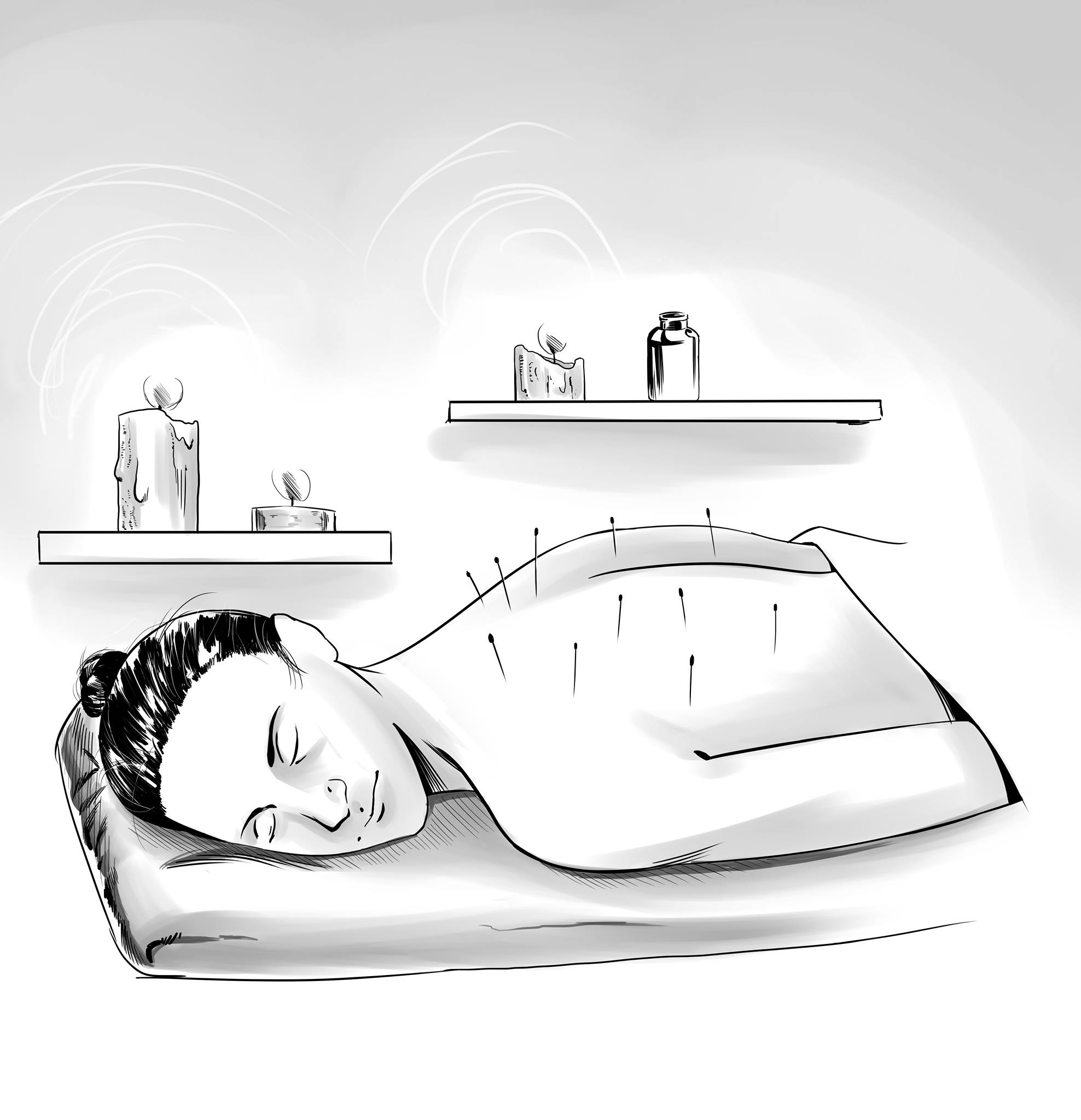A group of students sit cross-legged on the floor.
The lights are dimmed and soft music plays in the background. To some, this may not seem like a means of therapy, but Jamie Derrick believes otherwise.
The University of Idaho faculty member and mindfulness education and practice instructor said there are many misconceptions about meditation.
Derrick said the image of cross-legged students, while not inaccurate, is a definite overgeneralization, as meditation can be practiced in any position and under many different circumstances.
“It’s misleading to think that when you close your eyes and get quiet you are immediately blissful,” Derrick said.
Rather, Derrick said meditation can be described as “cleaning house,” or the opportunity to search the mind, recall memories that may have been buried and explore current life problems.
“Meditation practice is kind of helping us clean the corners and tidy things up,” Derrick said.
Meditation can heal by helping individuals resolve past memories and problems, giving them time to understand themselves, and learn to apply that understanding to current stressors.
“There is a sense of confidence and stability that arises from it,” Derrick said. “Our minds get stronger. People’s memories improve and their ability to stay steady in challenging moments improves. Almost any kind of performance improves.”
Derrick said even the Seattle Seahawks meditate. While meditation is a learned and practiced skill that can help people resolve problems and boost performance in everyday life, it’s not the only method of alternative healing.
A more physical form of therapy is found in acupuncture, a key component of Chinese medicine. Kameron Schott, a licensed acupuncturist with training in Chinese medicine, is a practitioner at Root Health Acupuncture. Schott said acupuncture is often thought of “alternative” medicine, but she doesn’t believe the label is quite accurate.
“People call it alternative medicine and that’s legit, but if you think of acupuncture and Chinese medicine, it’s at least 5,000 years old, that we know of,” Schott said. “So, I might say traditional medicine.”

Blake Coker | Illustration
The process of acupuncture uses tiny, one-time-use needles on different channels mapped out on the body that allows the system to achieve better balance, Schott said. This helps the immune system heal or relieves pain, depending on the problem a person is facing.
This form of alternative healing, or traditional medicine, has benefits as both a mental and physical form of healing. Schott said she practices preventative medicine. Rather than waiting for a problem to arise and then treating it, she would rather prevent the problem from ever arising in the first place.
“There are few to no side effects,” Schott said. “If someone tries it and it works great for them, then great. If they try it and it doesn’t work great from them, then they’re just out of a little money.”
Overall, as long as it is done correctly, there are minimal side effects and risks associated with acupuncture.
“In training as an acupuncturist, we also get a lot of training in western medicine as well, because it’s important for a practitioner to be well-versed in the language and also just understand if someone brings in blood work, for example,” Schott said.
Having this background allows acupuncture and Chinese medicine practitioners to understand medical problems people may be facing and assist in solving them — often in ways that a traditional medical clinic may not consider.
Schott said it’s also important to verify an acupuncturist’s credentials to be sure they are a true practicing acupuncturist, and not just a chiropractor who took a 30-hour training course.
While acupuncture targets healing and pain relief, another unique form of therapy is designed to assist the disabled.
Sue Jacobson, director for the Palouse Area Therapeutic Horsemanship (PATH) program, has been working at Washington State University with the People-Pet Partnership for more than 10 years to provide equine therapy.
“The goal of the program is to help kids and adults that have physical and/or mental disabilities,” Jacobson said.
PATH offers group therapeutic riding lessons designed around helping disabled riders get off the ground and move in a way they would otherwise be unable to. Jacobson said the safety of the horses and riders are the first priority.
“If a rider wants to trot and the way they are seated causes bouncing that hurts the horse, they will just go at a walk,” Jacobson said.
There are certain risks associated with the program due to its nature and the animals being used, but Jacobson said accidents are uncommon because of the precautions taken to ensure the safety of both the people and the animals. She said the benefits of equine therapy also largely negate the risk of accidents.
“The benefits of therapeutic riding include increased muscle strength, flexibility, better joint mobility, improved balance, improved verbal communication and social skills and self-confidence,” Jacobson said.
Certified therapeutic riding instructors teach the classes, but depend greatly on volunteers — many of whom are high school and college students. This allows anybody to be involved in the program, whether as a rider or as a volunteer assisting with the horses.
Regardless of the reason someone may seek out an alternative means of healing or which form may work best for an individual, Schott said the ultimate goal of alternative healing is to provide additional options outside of standard western medicine practices.
“A big part of being human, I think, is that people are feeling like there is a space for them to express their concerns and someone is actually listening,” Schott said. “And hopefully people are getting information and tools so that they can feel empowered to affect their own health.”
